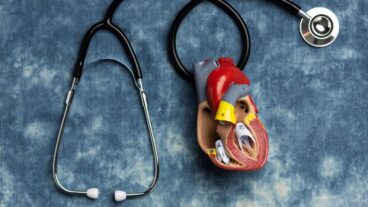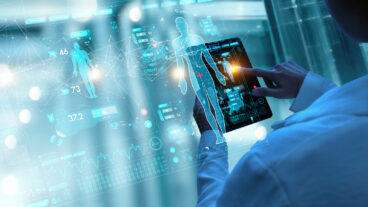Undergoing a colonoscopy is no picnic. It is invasive, frightening and likely the butt of all your friends’ jokes.
But thanks to a new method developed in Israel, it may also become a thing of the past, at least for detecting inflammatory bowel diseases such as Crohn’s and ulcerative colitis.
Researchers from the Weizmann Institute of Science and Sheba Medical Center in Israel have come up with a way to replace colonoscopy data with analysis of fecal samples. Their findings were published in the journal Gut.
The study took off when researchers realized that cells shed from the gut lining of mice and expelled in the feces stay alive for several hours. This led to a method that could provide testing for inflammation that is less invasive, much cheaper than colonoscopy and at least as reliable.
The researchers analyzed cells collected from the gut lining of 30 patients with inflammatory bowel disease during the course of colonoscopy and compared them with those taken from fecal samples or biopsies of 30 healthy people who had undergone colonoscopies as part of routine cancer screening.
Using RNA sequencing and other advanced methods, they determined which cell types were present in each of the samples and found that the fecal samples contained four immune-related cell types associated with inflammation.
They then ran algorithms to identify distinct expression patterns, or RNA signatures, of the cells in each sample. These signatures helped reveal the exact proportion of each immune-related cell type in the gut lining and enabled the scientists to determine whether a person had an active case of intestinal inflammation.
The fecal samples proved to be more reliable than the biopsies.
“A biopsy can miss inflammation because it provides a snapshot of the narrow spot from which it was removed, whereas a fecal sample contains cells shed from the entire lining of the gut,” explains Weizmann Prof. Shalev Itzkovitz.
“Moreover, a fecal sample can sometimes be more revealing than the examination of the lining during colonoscopy, which is done by eye, because certain forms of inflammation produce no visible signs.”

















